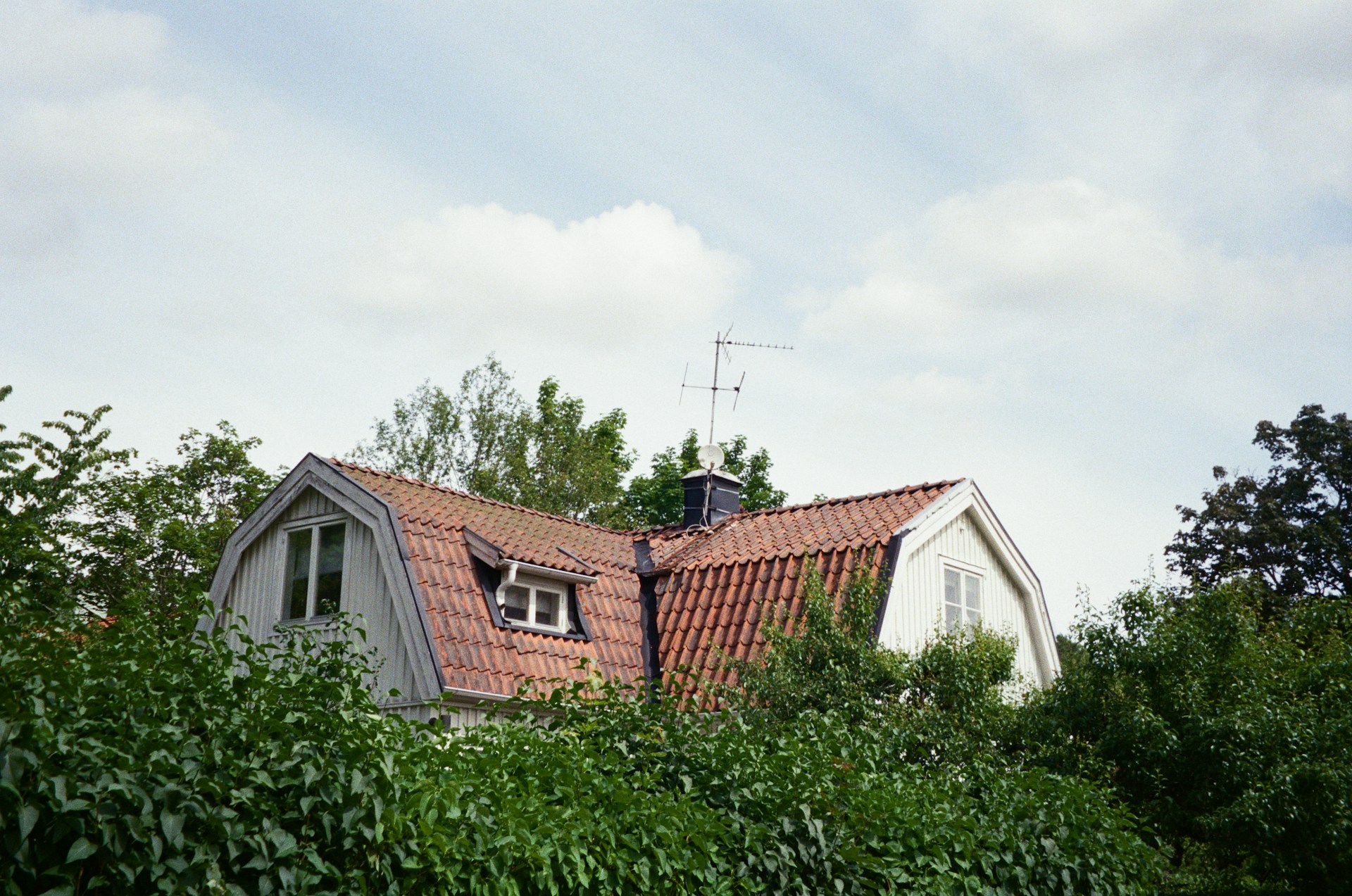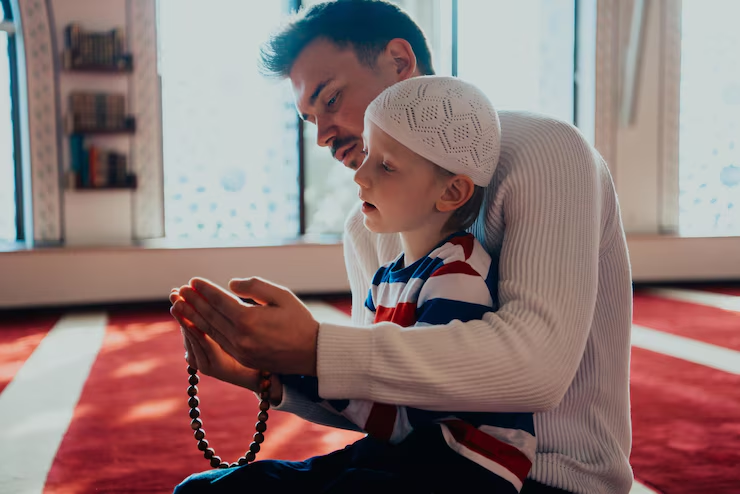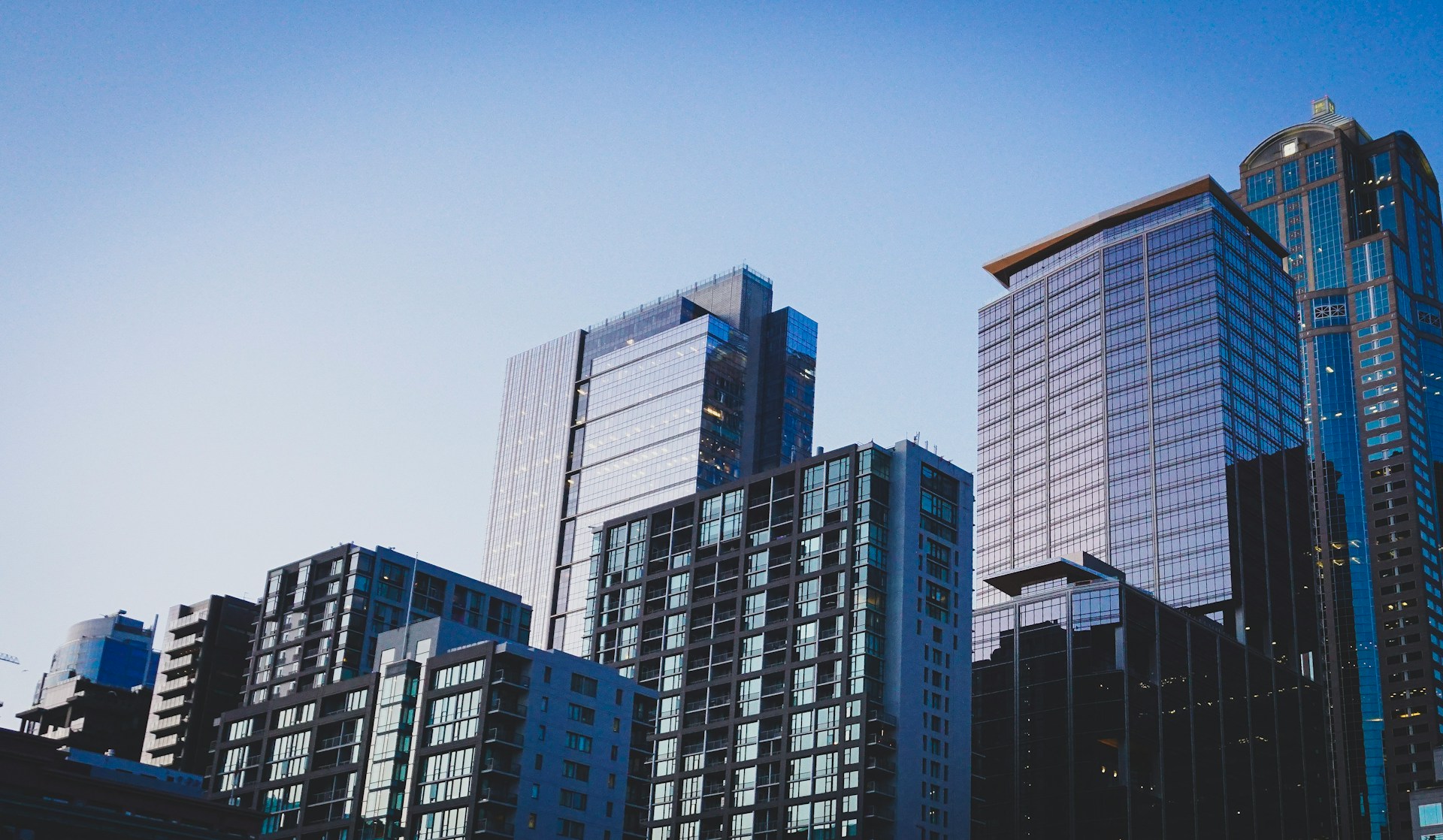“Those rich motherfuckering landlords couldn’t wait to get us out so they could build their precious condo.”
My studio neighbor conspiratorially leans into me as we chat in the hallway of our new artist work building. After being booted from our former artist warehouse in Glassell Park, many of us moved together into a new space just a mile south, on the outskirts of downtown LA.
“But we’ve been settling in here just fine,” he continues, chuckling. “I mean sure it’s a little funky down here. We had to tell that homeless lady Vicki that she couldn’t sleep in front of our door anymore. It’s like, I’m sorry, but we’re here now! You can’t just keep your whole tent in front of the door blocking the tenants!”
Sometimes I have a difficult time controlling my facial reactions. I can feel a self righteous twitch coming on.
“Yeah but doesn’t that just begin the process all over again? I mean, we come in, push Vicki down the street, and then the coffee shops and condos follow? And then we get kicked out for more condos?”
My neighbor meets this with a familiar blank stare. His sentiment is something I’ve heard many times before within art spaces. That we as artists are exclusively the victims of gentrification. Not also it’s most reliable foot soldiers.
“Hey I’m not the bad guy here,” my neighbor bristles, “I’m just an artist- I’m barely getting by, myself! It’s not like I own the fucking building.”
I’m sorry, but are we as artists still denying any correlation between where we settle and the displacement of poor people? In 2017? Brooklyn. Oakland. Echo Park. Highland Park. Wherever new spot you’re looking at that one extra-spacious affordable studio. Yes, you. I looked at it too. Hey- I’d love to shift all accountability away from myself to greedy developers and monocled, monopoly hat wearing villains. But I’m not sure we can.
Right this minute, just a few miles south of my new studio, activists are waging an exceptionally sophisticated and aggressive anti-gentrification campaign in the Boyle Heights community. Yes, I looked at a studio space there. This campaign explicitly and unyieldingly focuses on stopping “artwashing,” defined by activist Eva Luna as the “use of art and artistic labor to perpetuate and enable gentrification.” The idea is that artists and art spaces are the first wave of change in a neighborhood that eventually leads to the people currently living there being priced out. A boycott has been called. Openings have been actively picketed. Galleries have been vandalized with the phrase “Fuck White Art.” Notices have been posted on new businesses demanding their immediate self removal. PSSST Gallery shuttered before they ever officially opened, saying Boyle Heights had become so contested they were unable to raise funds to stay afloat. “Our young nonprofit struggled to survive through constant attacks,” their statement read, “Our staff and artists were routinely trolled online and harassed in-person
As a young(ish) white painter who aspires to show at commercial galleries, do these extreme tactics make me uncomfortable and defensive? Yes. I’ve spoken with other artists who are downright indignant. But I’m poor too! I’m not the bad guy! The developers are the bad guy! Yes, capitalism is brutal and it’s incredibly hard to make it work as a contemporary artist. Dedicating your life to something you’re passionate about and working long hours/months/years with no guarantee of profit can be an an exhausting endurance test and soul crushing mind-fuck. But I’m just not convinced the thrilling/terrifying choice I’ve made to trade financial stability for pursuing my dreams is an equivocal reality to say, generational poverty.
Maybe I should only speak for myself here. I come from a middle class background. I’m a nice, liberal white lady with a master’s degree. I’m not sure I could have or would have pursued a career in the arts if I had parents or children to support. I have a more than fairly paid spouse who helps me afford my studio and my student loans. I don’t want to make assumptions: you might not have any of that. There are many badass, come-from-nothing, no-safety-net, truly living on the edge working artists hustling to make it in this world. But I’m asking you to just take a moment to take stalk of your own background, your own means, your own connections and compare that to a family of four living off of $30,000 a year renting in Boyle Heights in a rising market. Any of us who attended art school are familiar with the kid whining about how broke she is while swiping her parent’s credit card. The cars parked outside of my studio range of beat up old minivans to Priuses to the occasional Porsche. I’ve learned that nothing brings an art party to a more screeching halt then how did you afford that. Even if it’s not you, you know there is wealth among us.
But subverting cycles can be difficult. A former boss of mine, an art consultant for a wealthy collector, once referred to artists as the highest rung of the serving class. I think he was referring to the surreal feeling of hobnobbing with millionaires and billionaires at parties and then going home to your studio apartment. There is an intimacy between contemporary fine art and wealth. Many of us basically deal in luxury goods and cultivate personal relationships with the kind of people who can afford luxury goods. When we move into new neighborhoods and clear homeless people off our block, the market follows. We carry our cultural capital with us wherever we go. Even if artists don’t have money, money follows us.
Despite the attempts of many Boyle Heights galleries to come to a compromise with the community, activists remain staunch in their demands that all new galleries leave the area. And as uncomfortable as that makes me, it’s hard not to see their point. No matter how hard art spaces attempt to subvert “the market,” it’s our presence that makes development more welcoming. I grew up in Oakland, CA and I’ve seen scruffy white people beget yuppie white people
beget Blue Bottle Coffee and condos. This is too often coupled with a flippant, entitled belief that we are “improving the neighborhood” without any acknowledgement or curiosity about who gets to stay in the neighborhood or what may have been here before we landed. We can argue about the ethics of it but I believe in my core that if the community is able to chase these galleries out, they’ll increase their own chances of affording to live there in a few years.
I don’t have great solutions here. Like a coward, I’ve been avoiding Boyle Heights galleries since I found out about the protests. But I wrestle with what will happen when there’s a show I reeeaaallly want to see. Am I unwilling to cross a picket line or just terrified of being seen crossing one? I don’t think I’ve got much moral high ground to stand on, here in Lincoln Heights. In the year I’ve moved studios, I’ve seen a fancy jujitsu studio, two shoot spaces, and another art warehouse pop up around me, pushing Vicki’s tent further and further down the block.











